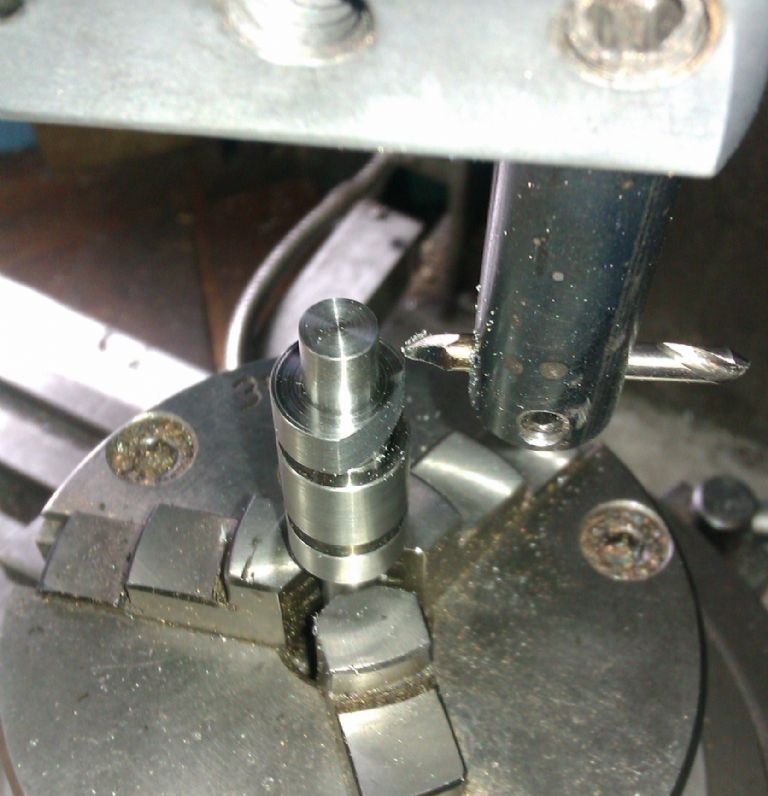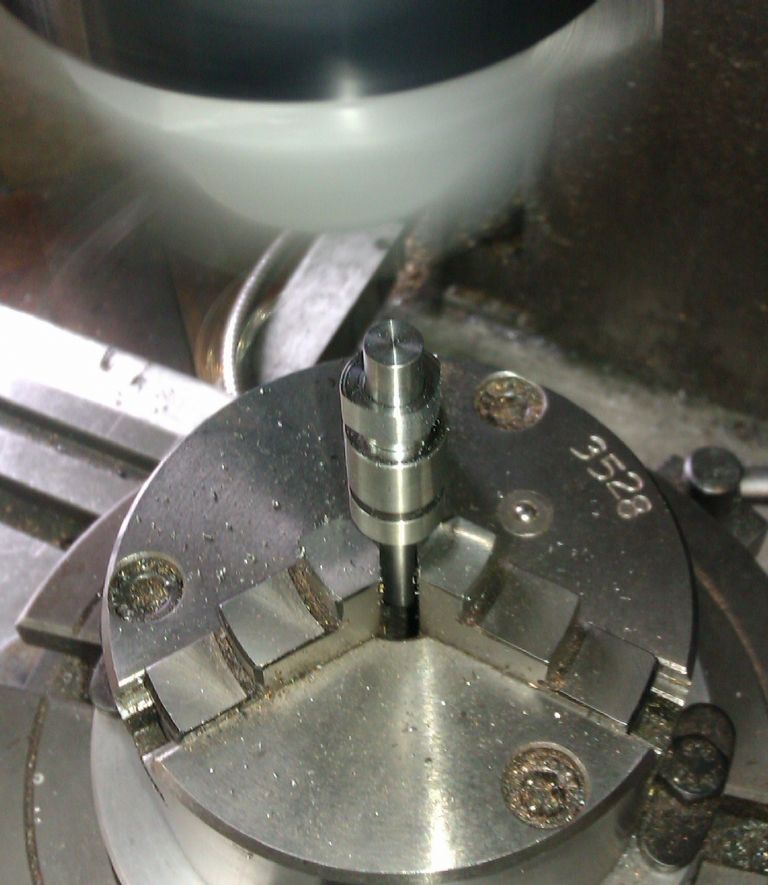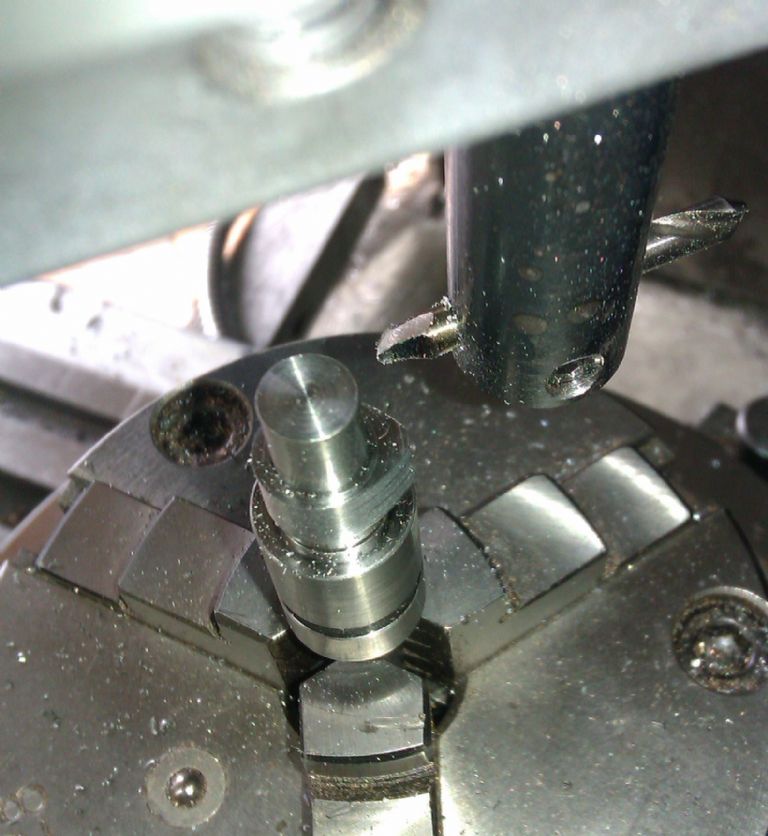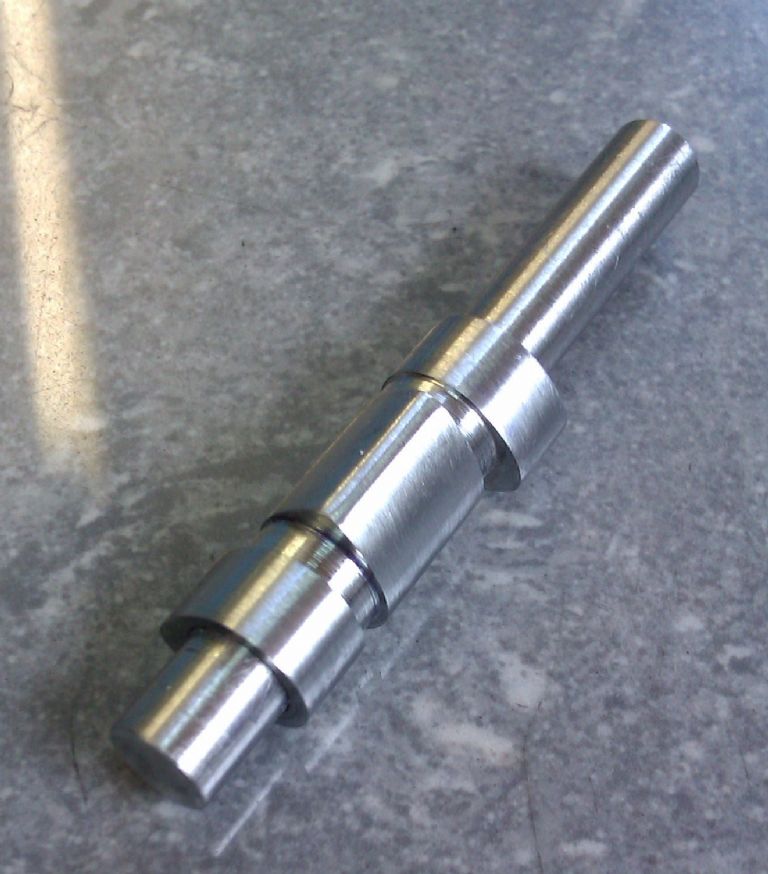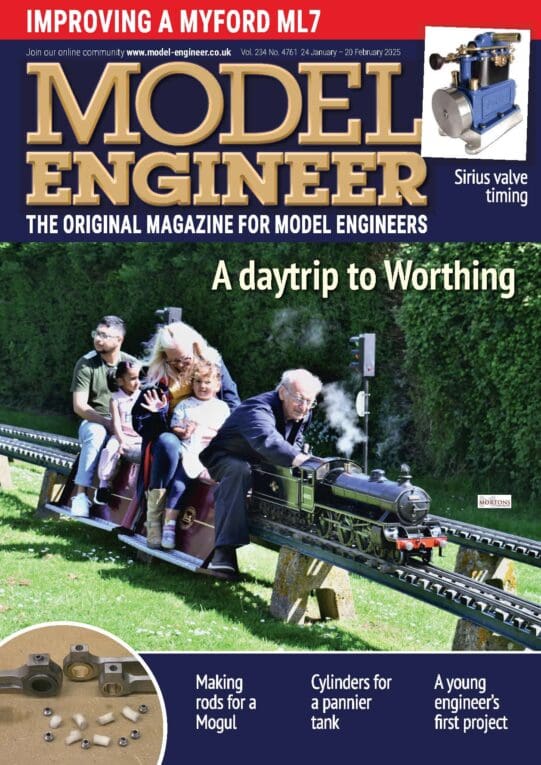Machining cams on the mill
Machining cams on the mill
- This topic has 7 replies, 5 voices, and was last updated 26 September 2024 at 18:07 by
Howard Lewis.
Viewing 8 posts - 1 through 8 (of 8 total)
Viewing 8 posts - 1 through 8 (of 8 total)
- Please log in to reply to this topic. Registering is free and easy using the links on the menu at the top of this page.
Latest Replies
Viewing 25 topics - 1 through 25 (of 25 total)
-
- Topic
- Voices
- Last Post
-
- Discussion on the Future Direction of Model Engineer and Workshop 1 2 … 10 11
- 67
- 20 February 2025 at 12:06
Viewing 25 topics - 1 through 25 (of 25 total)
Latest Issues
Newsletter Sign-up
Latest Replies
- What Do These Mean; Why So Many Loop Errors? (Alibre Atom)
- NEW LOOK – Model Engineer & Workshop
- indexing head lathe
- Discussion on the Future Direction of Model Engineer and Workshop
- Lathe help information
- New Myford Owner with Problems!!!
- A Marine Condensing Engine
- Telephone call-blocking
- Unimat SL renovation – any tips?
- SHARP PRACTICE ?


